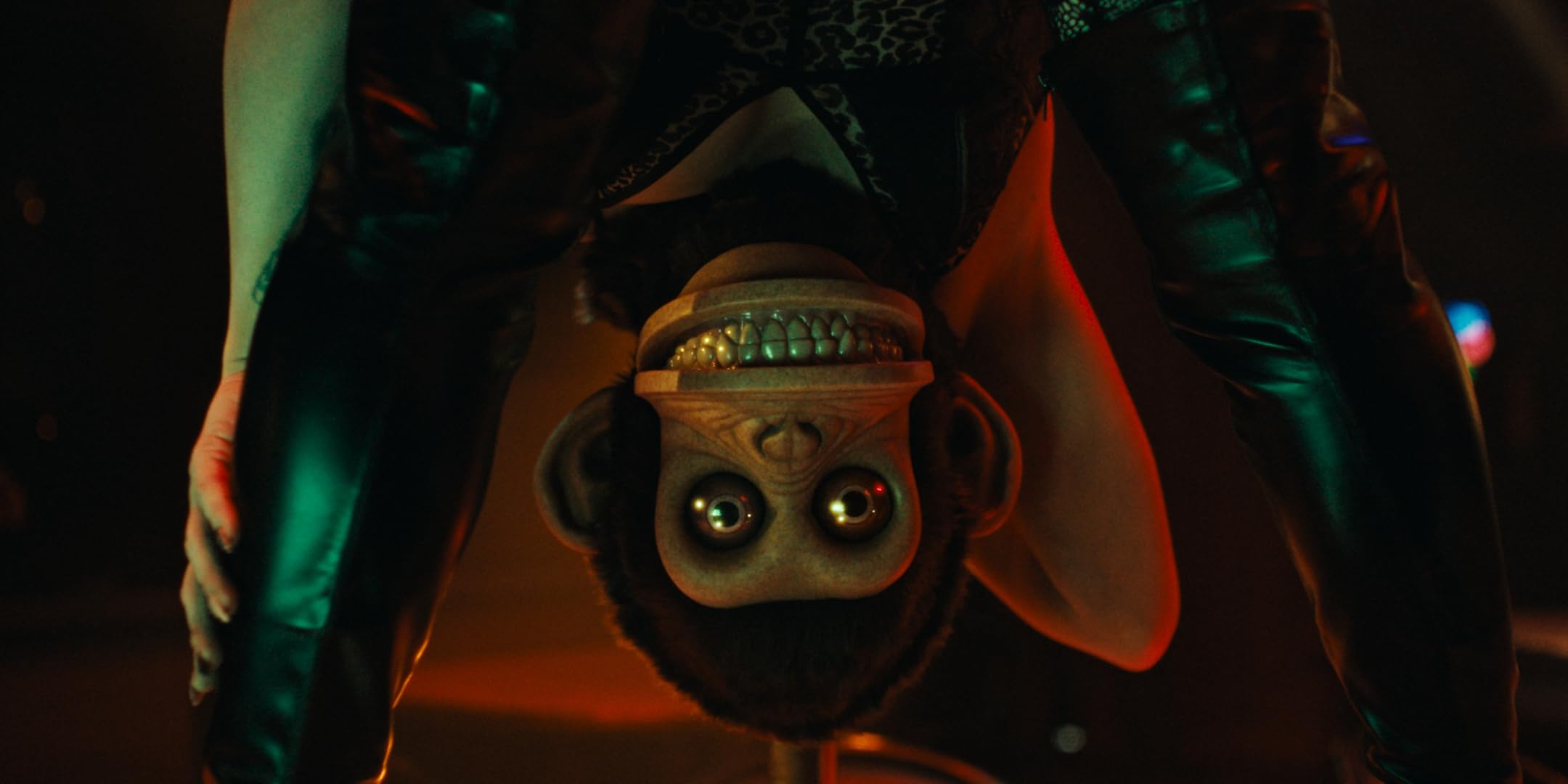In the horror comedy film ‘The Monkey,’ based on Stephen King’s eponymous short story, the bond between the twins Hal and Bill Shelburn is forever haunted by a cursed toy monkey that seems to orchestrate a series of inexplicable deaths. The monkey, with its eerie cymbal-clapping and mechanical grin, becomes a symbol of dread—especially when it seems to act on Hal’s unspoken desires. In a pivotal moment, he winds up the toy and asks it to kill his brother Bill. Instead, the monkey delivers a cruel twist: their mother, Lois Shelburn, suddenly collapses and dies. Later, her death is ruled as the result of a rare condition referred to as a “boomerang aneurysm!”
Boomerang Aneurysm is Not a Real Medical Phenomenon
The term “boomerang aneurysm” appears loaded with intent. It has the weight of scientific terminology, yet it also suggests something poetic, even sinister—like an action that loops back and strikes where least expected. But to clear up any confusion, the boomerang aneurysm is not a real medical condition or phenomenon. There is no mention of it in medical dictionaries, academic journals, or healthcare databases. It doesn’t appear in the ICD (International Classification of Diseases) or any neurological reference material. The term seems to be purely fictional—crafted by Osgood Perkins to give the death a plausible cover while still keeping the story’s supernatural elements intact.

Boomerang aneurysm’s metaphorical weight is hard to ignore. Hal’s command to the monkey is essentially an act of emotional projection, and the monkey responds—but not in the way he anticipates. Like a boomerang, his intent circles back, hitting someone he loves. Disguising this supernatural intervention as a clinical condition, the film deepens its psychological horror, making viewers question whether the evil lies within the monkey—or within Hal himself.
Boomerang Aneurysm Resembles Real-Life Aneurysms
Although the specific term “boomerang aneurysm” is fabricated, the way Lois Shelburn dies isn’t far removed from genuine medical conditions or phenomena. The most similar real-world counterpart is a ruptured cerebral aneurysm. A cerebral aneurysm involves a weakened area in the wall of a brain artery that can balloon over time. When such an aneurysm ruptures, it leads to bleeding in the space around the brain, known as a subarachnoid hemorrhage. This is a medical emergency with a high fatality rate. What makes cerebral aneurysms particularly frightening is their unpredictability.
People often live with a cerebral aneurysm unknowingly, experiencing no symptoms until the rupture. When that happens, the effects are swift and often fatal—loss of consciousness, severe headache, nausea, or sudden death. In the case of Lois, her collapse following Hal’s action is almost instantaneous, aligning with how real-life aneurysm ruptures can occur. According to the Brain Aneurysm Foundation, about 50% of all ruptured aneurysms result in death, and among those who survive, a significant number suffer from long-term neurological complications. These ruptures are sudden, silent killers—just like the monkey in the film.
The Significance of Boomerang Aneurysm
What makes the term boomerang aneurysm particularly unsettling is the implication that Lois’ death is not just a medical anomaly—it’s karmic. The phrase “boomerang” implies retribution or a consequence of misdirected emotion. In the emotional ecosystem of the story, Hal becomes complicit. Even if he didn’t physically cause the death, his thoughts—channeled through the cursed monkey—seem to manifest deadly results. This emotional undercurrent is where the film thrives. By giving the audience a medical explanation that sounds plausible, it creates a chilling ambiguity. Was it really the monkey? Or was Lois’ death fated, an occurrence that appeared with a supernatural disguise? The film intentionally walks this tightrope, allowing viewers to debate the cause long after the credits roll.
Read More: Pulse: Is Hurricane Abby Based on a Real Hurricane?


